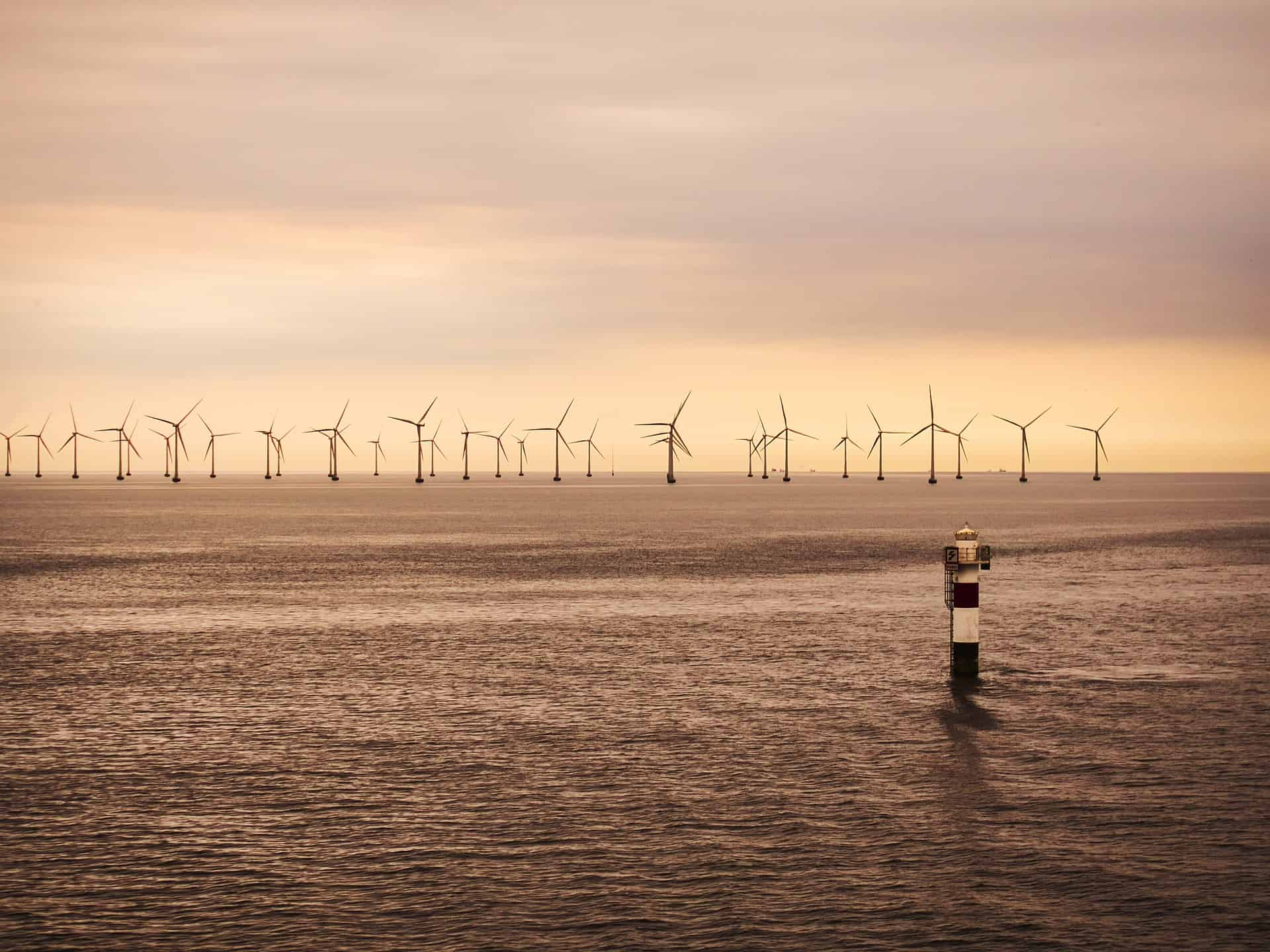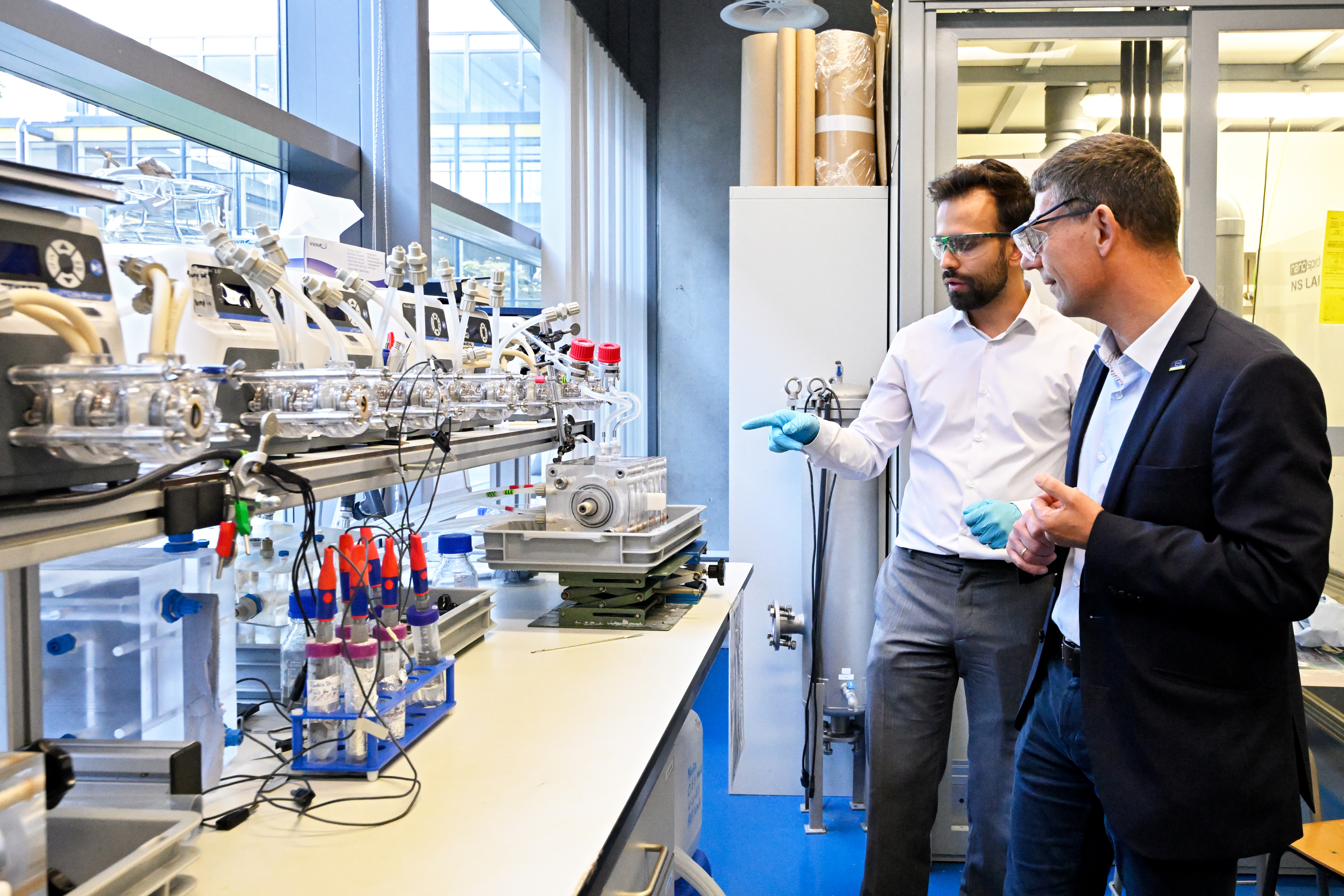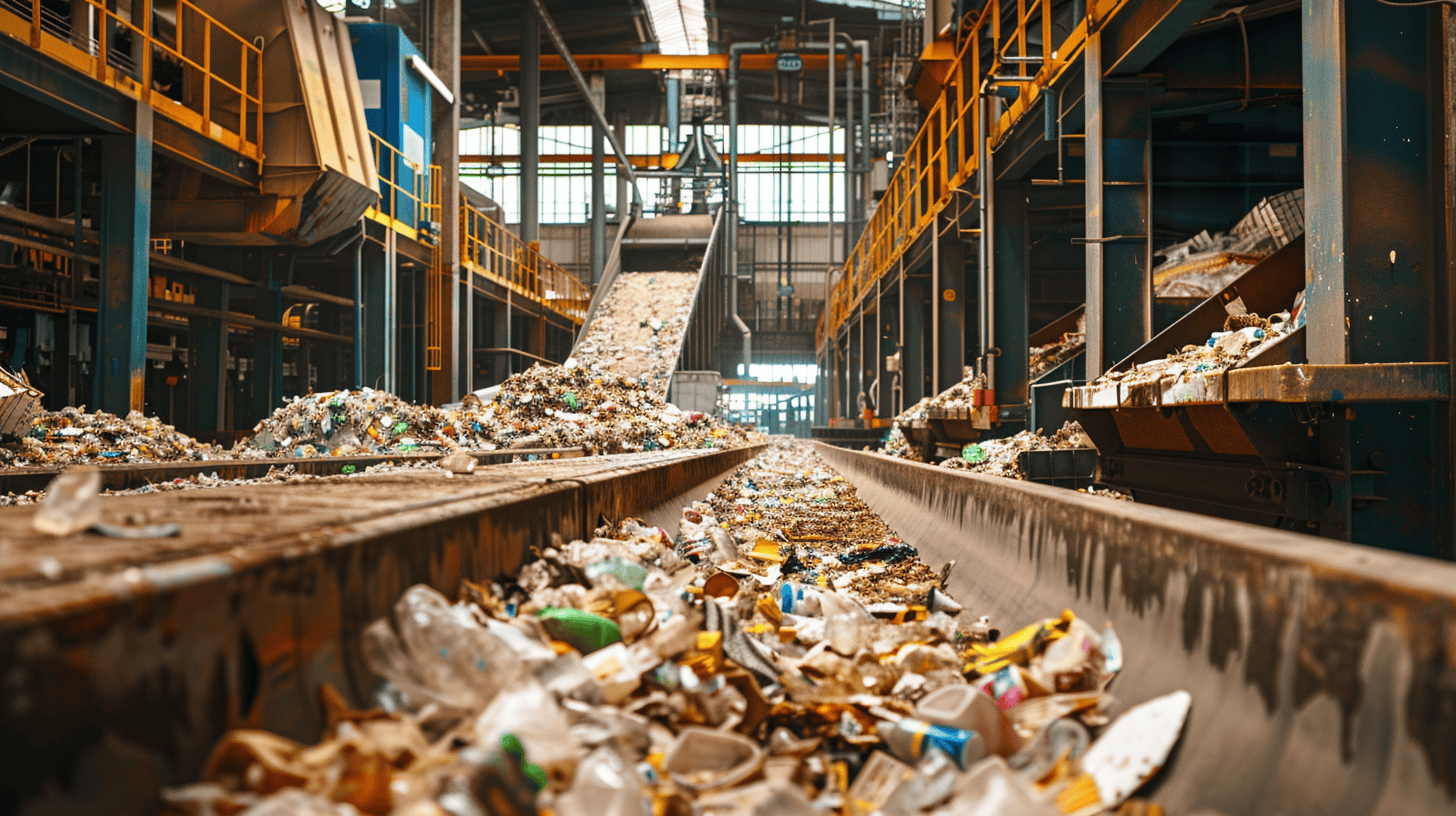
As June draws to an end, we thought of grouping some of the most important developments in greentech for you. From funding for an innovative aromatics plant to new figures on renewable energy production, June has had plenty to offer.
1. Funding for aromatics plant
Aromatics are a group of molecules consisting of benzene, toluene, and xylenes, which are the building blocks for many materials and coatings. BioBTX developed technology to get aromatics out of end-of-life plastics. Most plastic waste is usually incinerated or landfilled. Instead, the BioBTX process converts plastic waste into usable products for the chemical industry.
The Groningen-based company secured €80 million to launch its first commercial-scale plant, which will produce aromatics from plastic waste and biomass. The plant will convert 20,000 tons of mixed plastic waste into sustainable aromatics. Once production is proven, the company intends to roll out the technology to chemical industry customers worldwide.
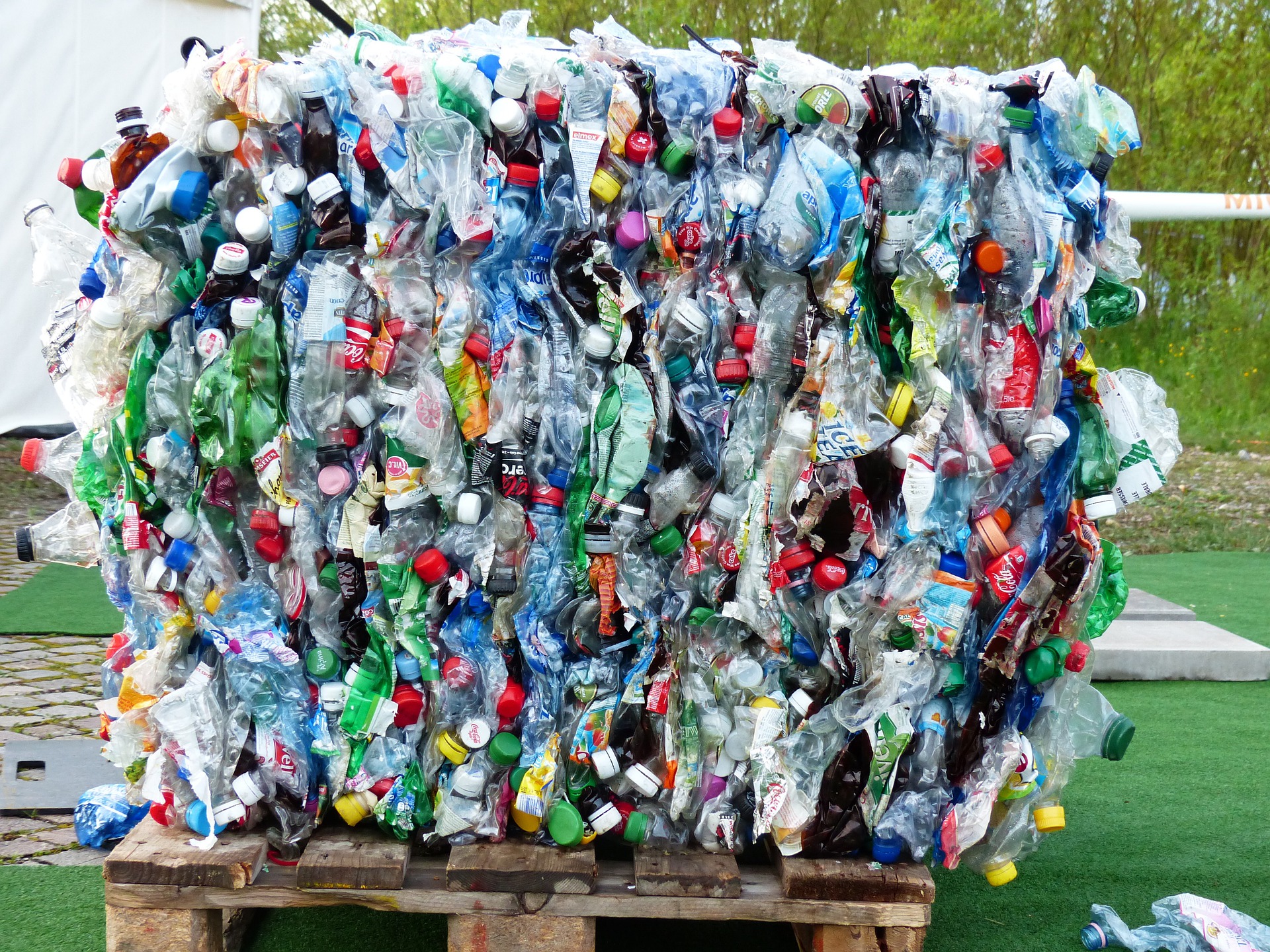
2. A megawatt charger for trucks and vessels
Shell inaugurated its first self-developed megawatt charger for dual use by both electric trucks and shipping vessels at the Energy Transition Campus Amsterdam (ETCA). The capacity of the megawatt charger corresponds to about three 350 kW, regular fast chargers that trucks can currently use to charge.
The megawatt charger is connected to ETCA’s microgrid. This smart grid enables integration between energy supply, storage, and demand. The ETCA microgrid includes 3,600 rooftop solar panels, stationary battery storage, 119 EV chargers for cars, a hydrogen electrolyzer, and other research equipment.
3. Green light for Tata Steel plant conversion
The Dutch House of Representatives approved a government’s plan to convert Tata Steel’s IJmuden plant into a less polluting one. The cabinet will grant a €3 billion subsidy to improve the sustainability of the plant, one of the major polluters in the Netherlands. At the same time, the lower chamber of the Parliament is asking for firm guarantees from the company. Tata Steel is indeed asked to make clear agreements regarding environmental gains and employment.
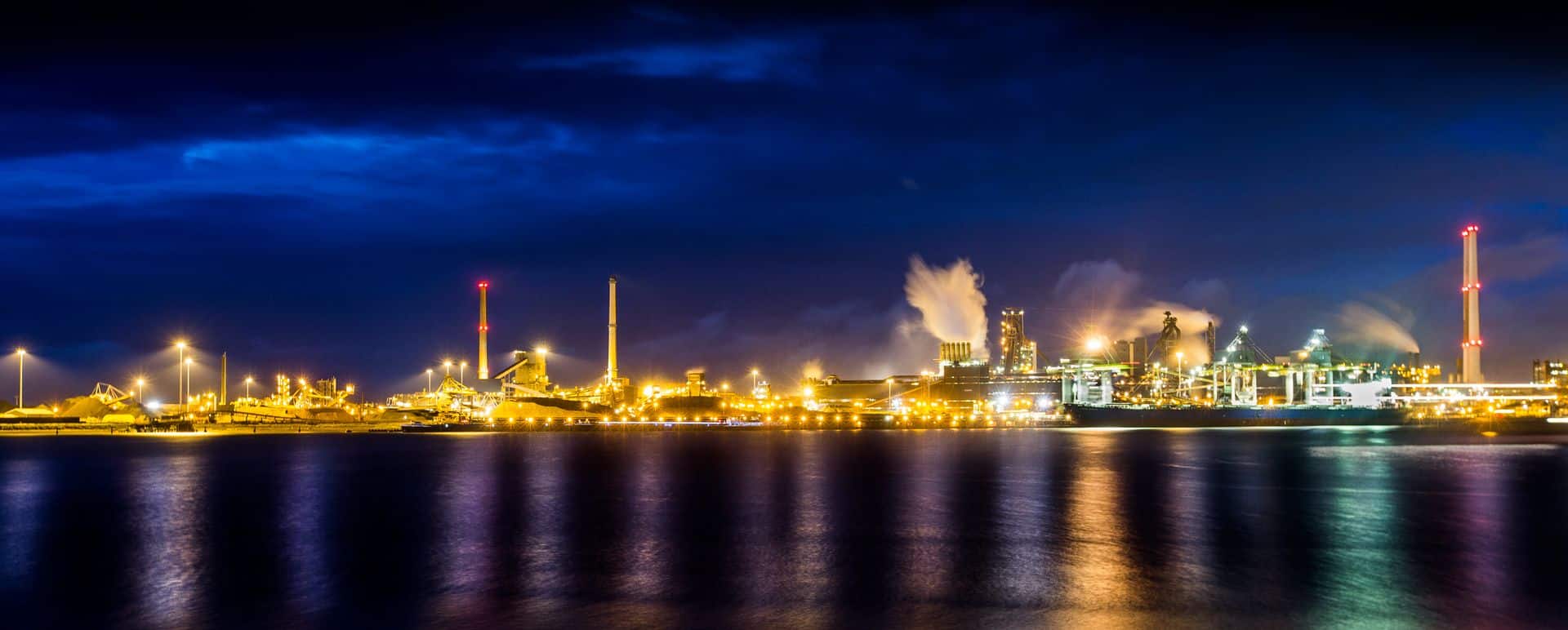
4. Battery storage makes energy cheaper
According to a study conducted by research company Kalavasta on behalf of Energy Storage NL, the use of battery storage leads to lower energy prices, more use of sustainable energy and cost savings for grid management. Every year, batteries can generate up to €300 million or more in system benefits, largely benefiting consumers, companies and grid operators.
The research shows that battery storage can reduce energy prices for electricity customers. By storing energy when demand is low and releasing it when demand is high, batteries can help absorb price spikes and thus match supply and demand. The result is that energy prices are stabilized and electricity customers ultimately pay lower bills.
5. More renewable energy produced in the Netherlands
According to a recent report by the Dutch statistics institute CBS, 17% of all energy in 2023 came from renewable sources, a two-percentage-point rise from the previous year. Such an increase has to be attributed to the rise in wind and solar generation, which together account for an 11% increase in renewable energy consumption.
Thanks to new wind farm installations – both inland and offshore – wind energy production grew by a quarter compared to 2023. Solar energy production grew by 17%, thanks to a similarly expanding capacity.
